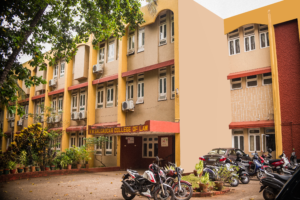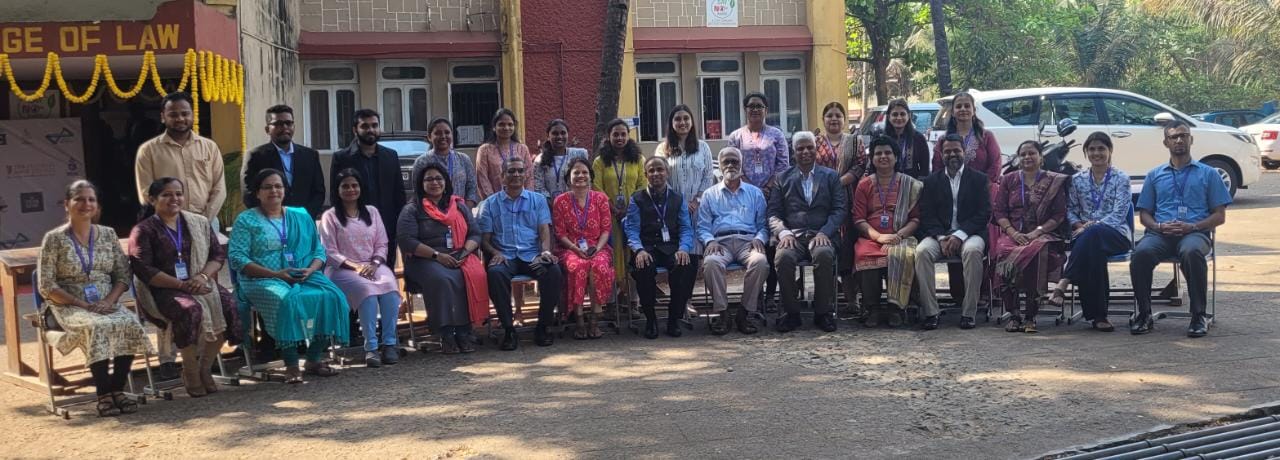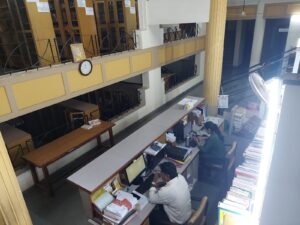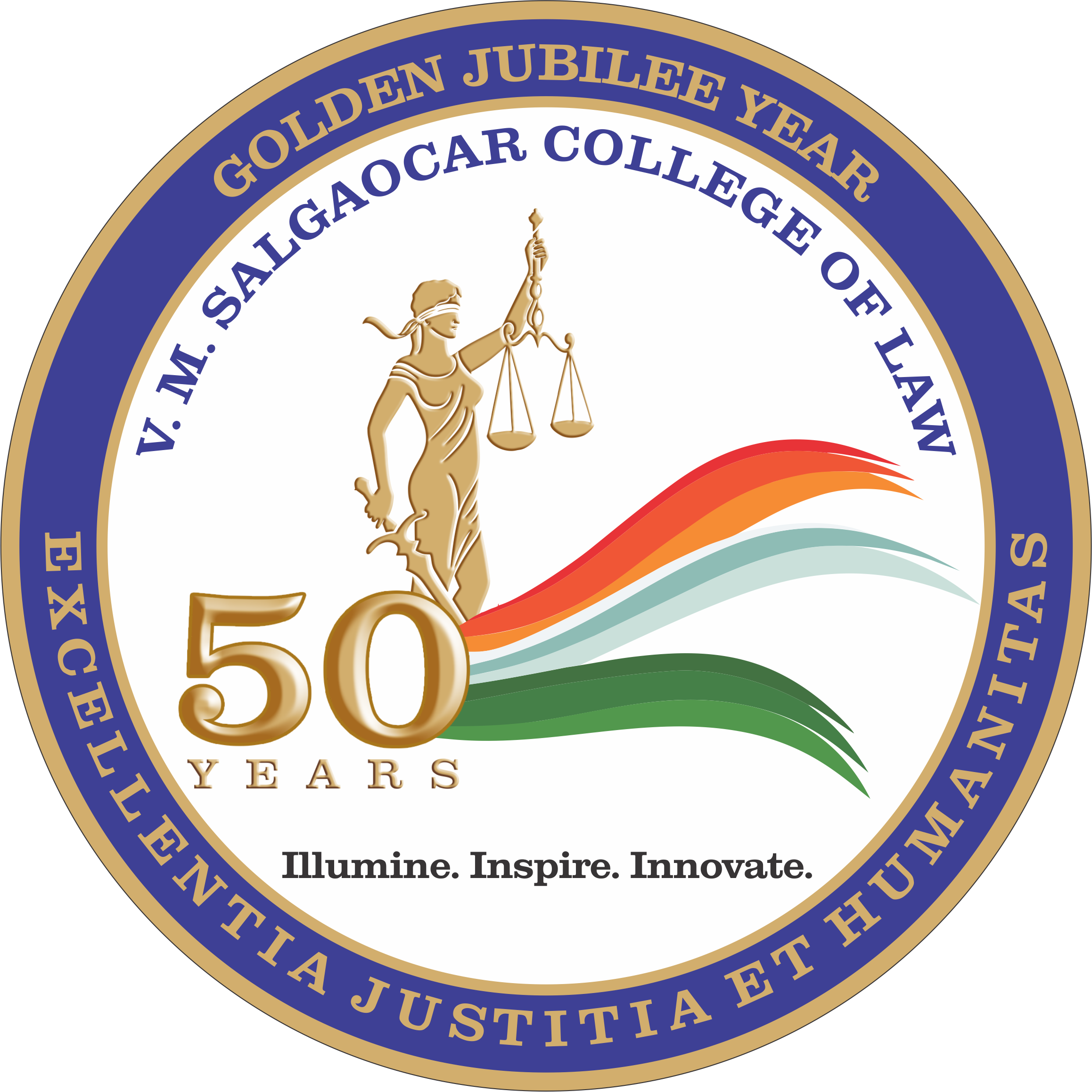Justice Iyer and Distributive Justice
Editorial Justice Iyer and Distributive Justice
Prof. (Dr.) N.R. Madhava Menon
![]()
It is unique in the history of India that a judge of the Apex Court had earned the love, admiration and respect of over hundred crores of people across the country and his 100th birthday had become a day of national celebration! Justice Krishna Iyer was indeed a national asset and a rare human being, passionate to do justice even at the age of 100, when his body refused to oblige his mind. In his demise, a revolutionary era in Indian judicial history has come to an end and the common man lost an inspirational leader always ready to advance the cause of justice.
What is Justice Iyer’s concept of justice and how did he manage to give expression to it in such manifold and innovative ways?
People who know him as a young lawyer in Pre-Independence India say that he was ready to take up unpopular causes and challenge the system even when he knew that it may land him in trouble. The Anti-British protestors, communists and the labour class were his clientele. The British took him as a troublemaker and even jailed him. Yet he was ready to take the next case against the British regime as he revolted against injustice everywhere.
E.M.S. Namboodiripad, the then Chief Minister of Kerala, found the young lawyer a capable leader and inducted him in his cabinet. As soon as he became a Cabinet Minister in Kerala, he lost no time in pushing his agenda of justice in prisons and police stations, in respect of court fee and legal aid and in people-oriented administrative reforms. Krishna Iyer demonstrated that the Government can deliver justice as much as courts by appropriate policies and programmes.
And then came the tumultuous era of judgeship, initially in the Kerala High Court and later in the Supreme Court, where the Krishna Iyer School of Jurisprudence took concrete shape across public law and private law. A series of judgments questioning the established precedents in Criminal Law, Family Law and Labour Law put Justice Iyer in limelight. Expressed in a new style and language, he caught the imagination of everybody including his peers and the media. He constitutionalized all branches of jurisprudence in a rare display of judicial craftsmanship and humanitarian justice.
It was in 1972, I got to know of his concept of social justice when I worked with him in the Expert Committee on Legal Aid appointed by the Government of India. That report titled “Processual Justice to People”, a master piece in Access to Justice, is perhaps the best articulation of Krishna Iyer’s brand of ‘Equal Justice to All’.
He ridiculed the approach of people who limited legal aid to giving representation of lawyer in court. He questioned the relevance of Cr.P.C., CPC and Evidence Act in the context of the Constitutional Vision of ‘Equal Justice to All’. He found the legal system dysfunctional to the constitutional mission and philosophy. He felt that the adversarial system encouraged sacrificing justice in the altar of technicalities and precedents evolved to serve colonial interests. He canvassed, for the first time, a public sector in the legal profession. He made a call to re-orient legal education and legal profession to serve the people. For the first time in India’s legal history, he evolved a new multi-dimensional theory of Legal Aid which consisted of, besides litigative aid, legal advice and settlement through Lok Adalat, para-legal services to the weaker sections, Public Interest Litigation, law reform for the poor and Law School-based Legal Aid Clinics. Indira Gandhi found merit in the report and got the Legal Services Authority Act enacted on the lines of Justice Iyer’s recommendations and made them part of her “Garibi Hatao” programme.
And then came the Golden Era of Indian Supreme Court, when Justice Iyer was joined by such activist judges like Justice P.N. Bhagavati, Justice O. Chinnappa Reddy and Justice D.A. Desai, all of whom claimed to be disciples of Justice Iyer in his crusade for social justice from the High Bench.
It would be inappropriate for me tonarrate all that happened between 1973 and 1980 to make social justice the driving force of judicial activism, PIL and law reform in this country, keeping the Krishna Iyer-Bhagavati-Chinnappa Reddy-Desai Courts as the focus of public attention. The self-inflicted wound on the court by the ADM Jabhalpur judgment was soon wiped out. What court could do to keep executive excesses in check was demonstrated by Krishna Iyer himself through his judgment against Indira Gandhi while she was in the height of her power. Sunil Batra, Nadini Satpathi, Bangalore Water Supply, Ratlam Municipality, Asiad Workers, Azad Rickshaw Pullers’ Union, Sindri Fertilizers, Muthamma and a host of decisions in quick succession from the Krishna Iyer Court endeared the judiciary to the common man of India and gave him hope of a new vision of social justice. At the end of the Krishna Iyer era of the Supreme Court, many things got settled in the Indian justice landscape which, for purposes of brevity, I will put it in 3 or 4 propositions. Of course, it is not exhaustive but only illustrative of Krishna Iyer on social justice:
The way justice was looked at by courts and the role that higher courts were expected to play in the socio-economic transformation of the country, got fundamentally changed for the good. Judges who still wanted to continue in the conventional mold found it difficult to demolish the new jurisprudence of Krishna Iyer variety and the activism attached to it.
Social Justice, understood in the spirit of the Preamble, Fundamental Rights, and Directive Principles rather than conventional theories of Public Law based on precedents, assumed dominance in judicial thinking and a new constitutional culture emerged in legal and judicial circles. Lawyers, who initially ridiculed PIL judges as publicity judges, came to appreciate their philosophy. Social justice became the focus of legal discourses in courts and outside which forced judges to innovate new tools, techniques, remedies, and procedures. Court-appointed Commissions, continuing Mandamus, near-total abandonment of Locus Standi doctrine, substantial modification of adversarial legalism and manipulative lawyering, court-monitored special investigation teams in high profile cases, the democratization of judicial remedies, etc. became part of Indian judicial practice to the advantage of access to justice to the marginalized.
Legal Aid got broad-based and the poor got a stake in the judicial system. Judiciary took control of administering legal aid. Lok Adalat and ADR got into mainstream methods of dispute settlement.
Judiciary got unprecedented public support and became powerful in the exercise of judicial review of executive action. The result was a boost to Constitutional Governance and Rule of Law.
Finally, many socio-economic rights which were left inchoate and inarticulate in the Directive Principles got transposed into part of guaranteed rights through ingenious ways of harmonious and purposive construction of constitutional provisions. As a result, citizens got more freedom and rights and the Executive Government, less opportunity for arbitrariness in decision making.




